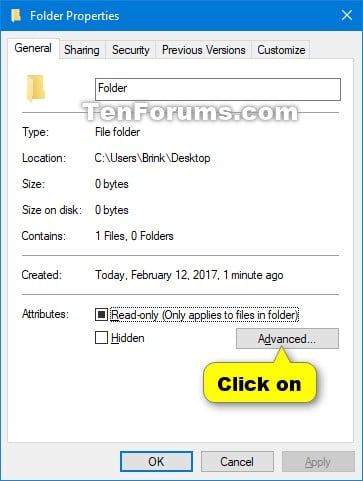


RELATED: 3 Alternatives to the Now-Defunct TrueCrypt for Your Encryption Needs However, this tool costs $99-the same price as an upgrade to Windows 10 Professional-so upgrading Windows to take advantage of BitLocker may be a better choice. It’s fully functional on Windows 10 with modern hardware.

Security expert Bruce Schneier also likes a proprietary full-disk encryption tool for Windows named BestCrypt. If you upgraded for free from Windows 7 Professional or Windows 8.1 Professional, you should have Windows 10 Professional. If you already have a Professional edition of Windows 10 installed on your PC, you can search for “BitLocker” in the Start menu and use the BitLocker control panel to enable it. You’ll have to use a USB flash drive as a “startup key” that must be present every boot if you enable this option. Windows normally says BitLocker requires a TPM, but there’s a hidden option that allows you to enable BitLocker without a TPM. RELATED: How to Use BitLocker Without a Trusted Platform Module (TPM) You’ll need one that supports the exact motherboard inside your PC. Search for a TPM chip that’s sold as an add-on module. You can quickly check whether your PC has TPM hardware from within Windows, or check with your computer’s manufacturer if you’re not sure. If you built your own PC, you may able to add a TPM chip to it. However, Microsoft still restricts BitLocker to Professional, Enterprise, and Education editions of Windows 10.īitLocker is most secure on a computer that contains Trusted Platform Module (TPM) hardware, which most modern PCs do. Microsoft’s BitLocker encryption tool has been part of Windows for several versions now, and it’s generally well regarded. If Device Encryption isn’t enabled-or if you want a more powerful encryption solution that can also encrypt removable USB drives, for example-you’ll want to use BitLocker. RELATED: Should You Upgrade to the Professional Edition of Windows 10? If Device Encryption is enabled-or if you can enable it by signing in with a Microsoft account-you’ll see a message saying so here. If you don’t see anything about Device Encryption here, your PC doesn’t support Device Encryption and it’s not enabled. To check if Device Encryption is enabled, open the Settings app, navigate to System > About, and look for a “Device encryption” setting at the bottom of the About pane.


 0 kommentar(er)
0 kommentar(er)
